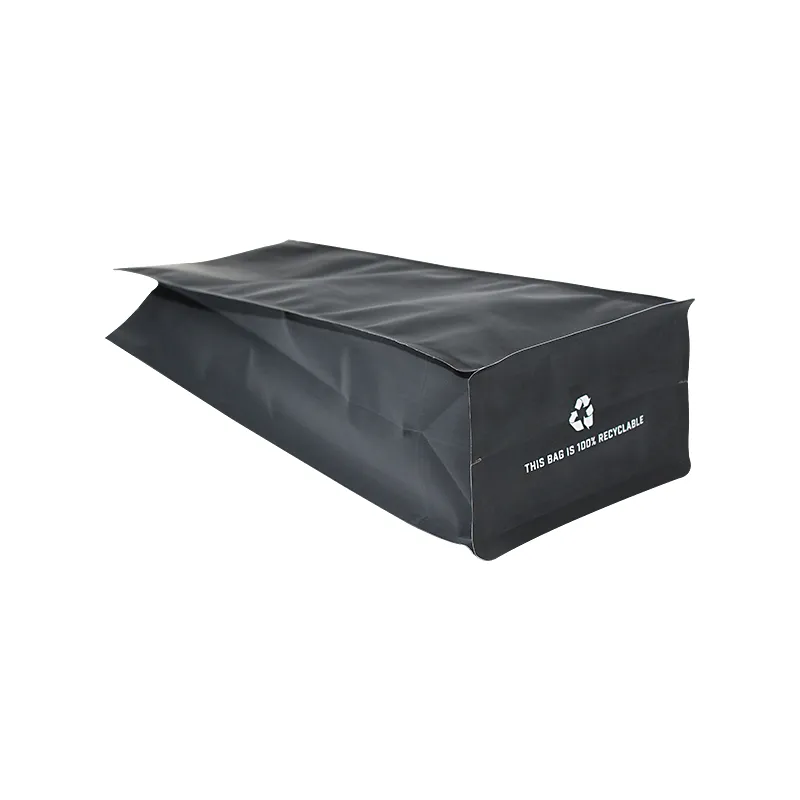- Afrikaans
- Albanian
- Amharic
- Arabic
- Armenian
- Azerbaijani
- Basque
- Belarusian
- Bengali
- Bosnian
- Bulgarian
- Catalan
- Cebuano
- chinese_simplified
- chinese_traditional
- Corsican
- Croatian
- Czech
- Danish
- Dutch
- English
- Esperanto
- Estonian
- Finnish
- French
- Frisian
- Galician
- Georgian
- German
- Greek
- Gujarati
- haitian_creole
- hausa
- hawaiian
- Hebrew
- Hindi
- Miao
- Hungarian
- Icelandic
- igbo
- Indonesian
- irish
- Italian
- Japanese
- Javanese
- Kannada
- kazakh
- Khmer
- Rwandese
- Korean
- Kurdish
- Kyrgyz
- Lao
- Latin
- Latvian
- Lithuanian
- Luxembourgish
- Macedonian
- Malgashi
- Malay
- Malayalam
- Maltese
- Maori
- Marathi
- Mongolian
- Myanmar
- Nepali
- Norwegian
- Norwegian
- Occitan
- Pashto
- Persian
- Polish
- Portuguese
- Punjabi
- Romanian
- Russian
- Samoan
- scottish-gaelic
- Serbian
- Sesotho
- Shona
- Sindhi
- Sinhala
- Slovak
- Slovenian
- Somali
- Spanish
- Sundanese
- Swahili
- Swedish
- Tagalog
- Tajik
- Tamil
- Tatar
- Telugu
- Thai
- Turkish
- Turkmen
- Ukrainian
- Urdu
- Uighur
- Uzbek
- Vietnamese
- Welsh
- Bantu
- Yiddish
- Yoruba
- Zulu
3D Printing Solutions for Custom Tabletop Game Accessories and Miniatures
Exploring the World of Tabletop Printers A Revolution in Customization
In recent years, the emergence of tabletop printers has marked a significant shift in various industries, particularly in the domains of gaming, education, and model making. These compact devices provide users the ability to create intricate models and prototypes right from the comfort of their own homes. With advancements in technology, tabletop printers have become more accessible and affordable, enabling hobbyists and professionals alike to unleash their creativity and bring their ideas to life.
What are Tabletop Printers?
Tabletop printers are 3D printers designed to fit on a desk or table, allowing for the easy production of three-dimensional objects. These printers utilize additive manufacturing, a process that involves building up layers of material to create a final product. Most commonly, they use thermoplastic filament, resin, or other materials that can be shaped into various forms. Depending on the technology used, tabletop printers can produce anything from simple components to highly detailed models.
Applications in Gaming
One of the most exciting applications of tabletop printers is in the gaming community. Board games and tabletop role-playing games (RPGs) often require miniatures to represent characters and settings. Traditional manufacturing can be costly and time-consuming, leading many gamers to turn to 3D printing for customization. Players can design their own miniatures or download pre-existing models from online repositories, allowing for a level of personalization not seen in traditional gaming.
Furthermore, tabletop printers have enabled game designers to prototype their own games more efficiently. They can create game pieces, cards, and custom boards without the need for professional production, streamlining the development process and allowing for quicker iteration based on playtesting feedback.
Educational Benefits
Tabletop printers are also finding their place in education. Schools and educational institutions are incorporating 3D printing into their curricula to enhance learning in subjects such as science, technology, engineering, and mathematics (STEM). Students can construct models related to their lessons, providing a hands-on experience that reinforces theoretical concepts.
tabletop printer

For instance, in a biology class, students can print models of cells or anatomical structures, helping them visualize and understand complex processes. The tactile experience of holding a 3D printed object often leads to better retention of knowledge compared to traditional learning methods.
Challenges and Considerations
Despite their benefits, there are challenges associated with tabletop printing. The quality of prints can vary significantly depending on the printer model and the user's skill. Beginners may face a learning curve when operating their printers, and issues such as warping, stringing, or layer misalignment can be frustrating.
Moreover, while the availability of online models is vast, not all designs are optimized for printing. Users may need to invest time in modifying or repairing models to ensure they print correctly. As with any technological tool, success lies in the user's ability to learn and adapt.
The Future of Tabletop Printing
The future of tabletop printers looks promising. As technology continues to evolve, we can expect advancements that will refine printing processes and expand the materials available for use. Innovations such as multi-material printing and improvements in printing speeds are on the horizon, potentially making the creation of complex models even more efficient.
Additionally, as communities continue to grow around 3D printing, collaborative projects and shared resources can further enhance the experience for users. Techniques and tools will become more widely accessible, fostering creativity and innovation while bringing together a global network of enthusiasts.
Conclusion
Tabletop printers are more than just devices; they are gateways to creativity, exploration, and innovation. Whether it’s enhancing gameplay, fostering educational opportunities, or allowing creators to realize their visions, these devices are paving the way for a more customized and interactive future. As technology continues to advance, the possibilities are truly limitless, making tabletop printers an essential tool for hobbyists, educators, and professionals alike. Whether you’re a seasoned designer or a curious beginner, the world of 3D printing beckons with endless opportunities waiting to be explored.













